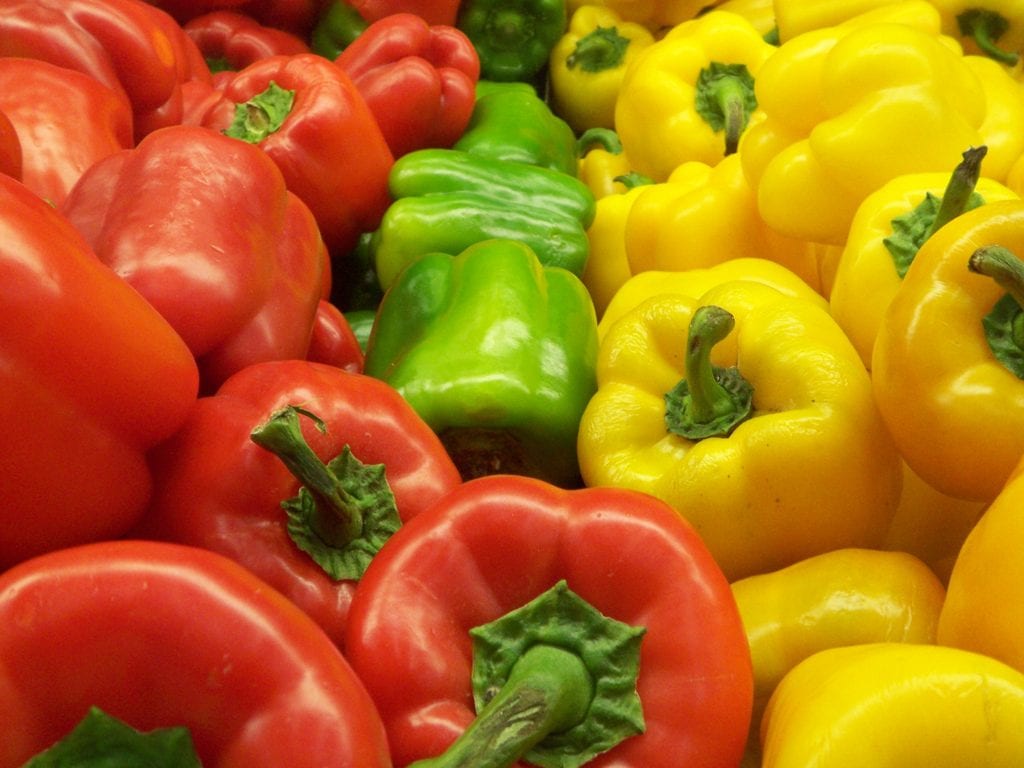
El Bell pepper, whose scientific name is Capsicum annum var. yearIt is a herbaceous plant widely cultivated in the temperate and warm regions of the world, and it is no wonder: its fruits have a very characteristic flavor, pleasant for many people. In addition, a single plant can produce enough for a family to prepare delicious dishes during the season.
Its cultivation and maintenance are suitable for beginnersas it grows very quickly, whether it is potted or planted in the garden. And if you don't believe me, follow the advice I'm going to give you in this special about one of the most appreciated vegetables, and tell me 🙂.
Bell pepper characteristics
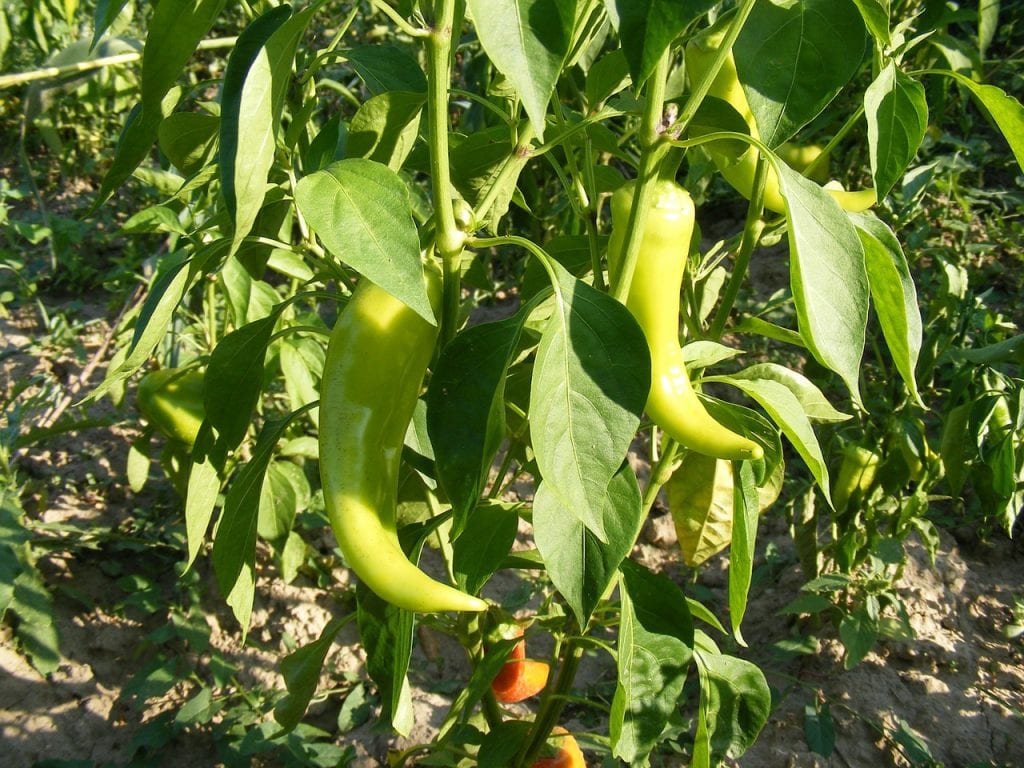
This is a perennial herbaceous plant in its place of origin but cultivated as an annual in the temperate regions that inhabit Mesoamerica, where it began to be cultivated for human consumption more than 6000 thousand years ago. It is known by the common names of bell pepper, paprika, chili, sweet pepper, bell pepper, or bell pepper.
It grows to a height of about 75 centimeters, and has a bushy bearing. Two stems emerge from each branch, which in turn are divided into two more stems, that is, it is a plant that has dichotomous branching. The leaves are whole, simple, with an oval-oblong shape, with the central vein visible, green in color, and about 4cm long. The flowers are small, solitary, and appear in the axils of the branches, and are white.
The fruit, undoubtedly the most characteristic of this plant, It is a berry that takes many different shapes: it can be round, heart-shaped, cylindrical or square, and be white to red in color, the most common being yellow, green and red.. Its weight ranges from a few grams to half a kilo.
Currently there are many cultivars, including Jalapeño, Cayenne (or Cayenne), Bird's Eye, Thai or Marbles. In Spain the most cultivated are: Padrón, Verde or Cristal as sweet pepper; Morrón, Ele or Select for preserves; Ñora or Chilli peppers for paprika; o Yellow from Hungary for pickles.
How is it grown?
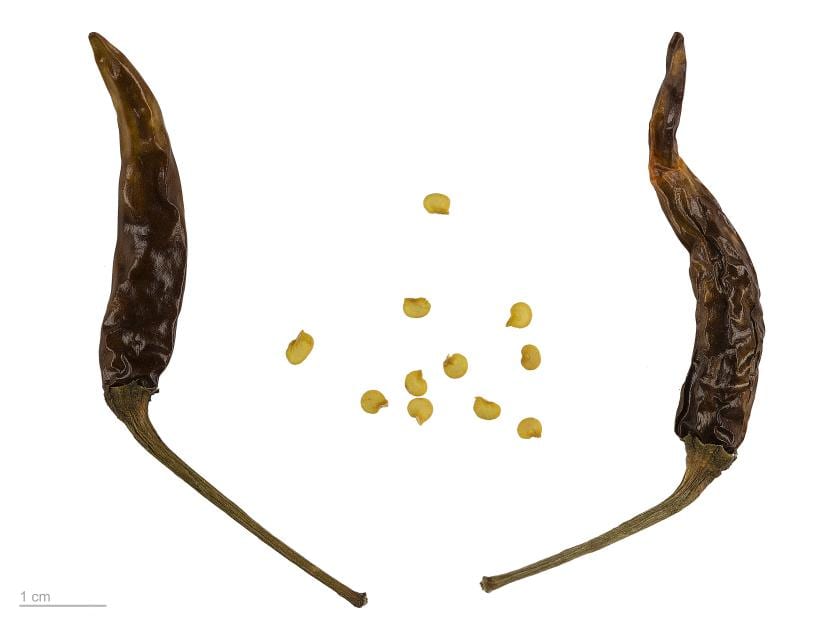
If you want to have several bell pepper seedlings in your garden or in your yard, keep the following in mind:
Siembra
In order to have an excellent harvest you must sow the seeds in spring, directly in seedling trays, as follows:
- Fill the tray with universal growing medium (you can also use one prepared for Seedbeds).
- Place a maximum of two seeds in each socket, slightly separated from each other in case the two germinate.
- Cover them a little with substrate, enough so that they cannot fly off in case the wind blows.
- Put the tray inside another one -that does not have holes- and fill the latter with about 2 centimeters of water, so that the seedbed is watered.
- Now, place the seedbed in an area where it gets plenty of natural light, if possible directly.
- Keep the substrate moist, but not waterlogged.
En 10 days the first ones will begin to germinate.
Transplant
After about 1 month or a month and a half, When the seedlings have a manageable size (minimum 5cm high), it will be time to transfer them to individual pots of about 20cm in diameter, using universal growing substrate, putting them in full sun or in a very bright area.
After two more months, you can plant them in the garden in rows leaving 50cm between plants, or move them to larger pots.
Bell pepper care and maintenance
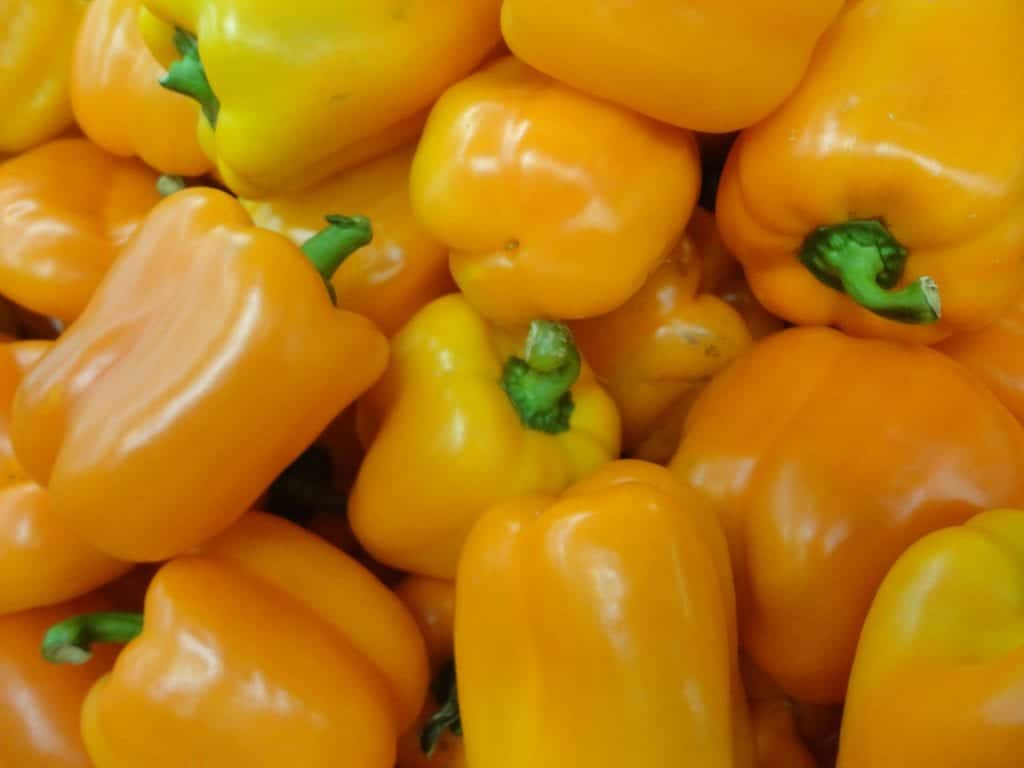
Once the seedlings have passed the critical period -in their case it is the first three months of life approximately-, you can start taking care of them as follows:
- Location: we continue to keep them in areas where a lot of light enters.
- Irrigation: very frequent. Avoid letting the substrate dry, but also waterlogging. It is not advisable to put a plate under them, unless you remove the excess water 15 minutes after you have watered.
- Subscriber: throughout the season they must be fertilized with organic fertilizers, be it manure, worm castings, guano, or whatever you prefer.
- Pruning: You must remove the end of each stem once the plant has established itself, this way it will take out lower branches and produce a greater quantity of fruit.
- Harvest: the fruits are harvested green or when they acquire color, around 200 days after sowing (it may be earlier if the weather is mild and warm). You have to cut them with about 3cm of stem.
Plagues and diseases
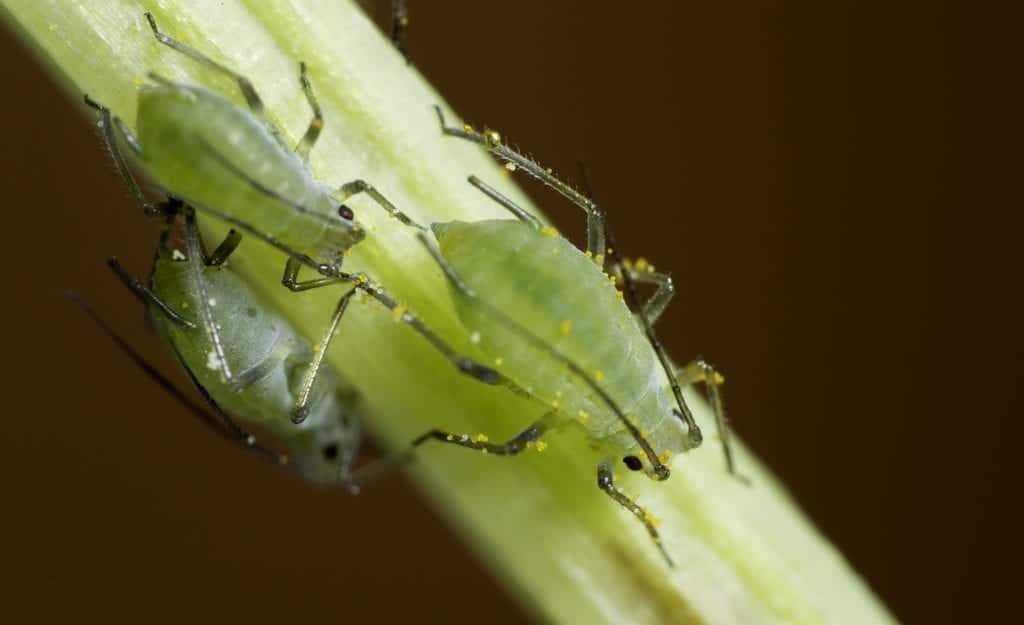
It is a plant that can be attacked by different insects and parasites, and also by microscopic microorganisms capable of seriously damaging it.
Pests
- Aphids: they measure about 0,5cm in length, and they rest on the flowers and sometimes also on their stems, destroying them. They are fought with Neem Oil.
- Red spider: they are tiny red mites, about 0cm, capable of forming cobwebs. It feeds on plant cells, specifically on the underside of the leaves, where lighter green spots will begin to appear that contrasts with the healthy green of the leaf. It can be treated with both Neem Oil and Potassium Soap.
- Green caterpillars: that feed on the leaves and stems. They are fought with Bacillus thuringiensis (it is a bacterium that you will find for sale in nurseries), or chop one or two cloves of garlic and put them around the plant.
Management
- Pepper sadness: it is a disease transmitted by a fungus that attacks at the neck level, where it produces a dark spot that extends throughout the stem. Treatment consists of removing the affected plant.
- fusarium: it is a fungal disease (transmitted by fungi of the genus Fusarium), which attacks the leaves, where more or less rounded yellow spots will appear. It can be fought with natural fungicides (copper or sulfur) in spring, but in summer it is better to use systemic fungicides following the instructions specified on the packaging.
Bell pepper uses
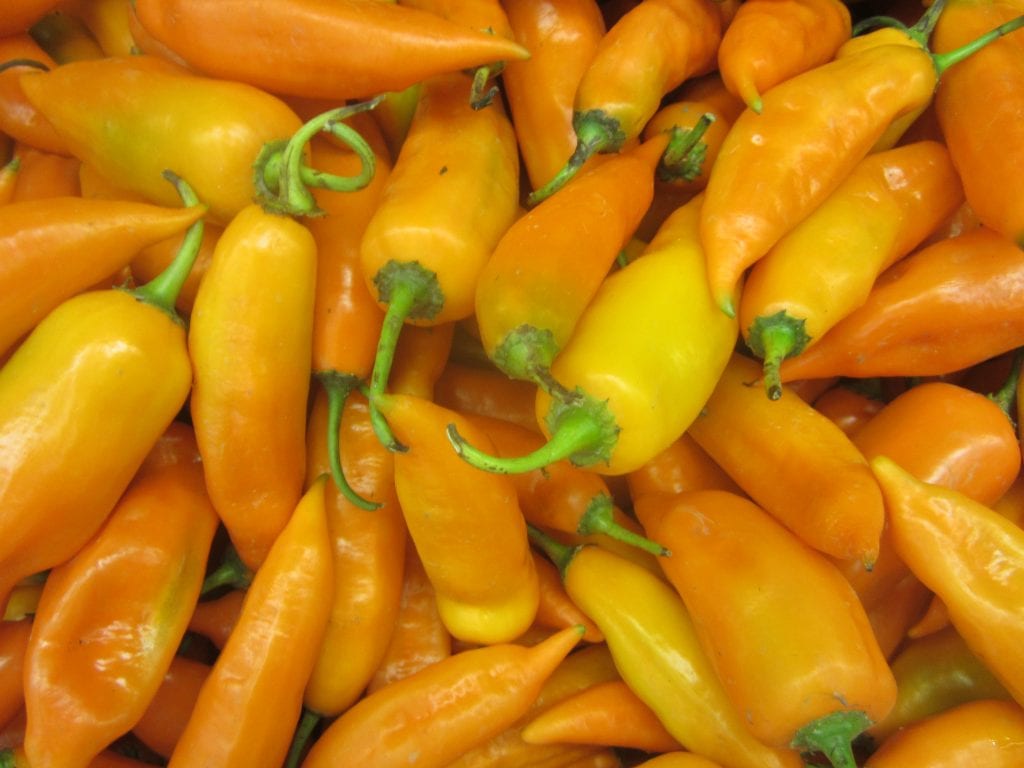
This is a plant that is used as a horticultural plant for its fruits, which can be consumed fresh, fried or cooked. But it must be said these peppers are practically all water, and they have vitamins, calcium, sodium, proteins, ... I better leave you their chemical composition:
Water 94%
Carbohydrates 3,7% (fiber 1,2%)
Lipids 0,2%
Proteins 0,9%
Sodium 0,5 mg / 100 g
Calcium 12 mg / 100 g
Iron 0mg / 5g
Potassium 186 mg / 100 g
Phosphorus 26 mg / 100 g
Ascorbic acid (Vit. C) 131 mg / 100 g
Retinol (Vit. A) 94 mg / 100 g
Thiamine (Vit. B1) 0,05 mg / 100 g
Riboflavin (Vit. B2) 0,04 mg / 100 g
Folic acid (Vit. B3) 11 micrograms / 100 g
Bell pepper properties
As if that were not enough, they have very interesting medicinal properties: being rich in vitamin C your immune system will be able to prevent you from diseases much better, helps wound healing, it's diuretic, regulates cholesterol y they are ideal for both pregnant women and children for its folic acid content.
So what are you waiting for to grow them? 🙂